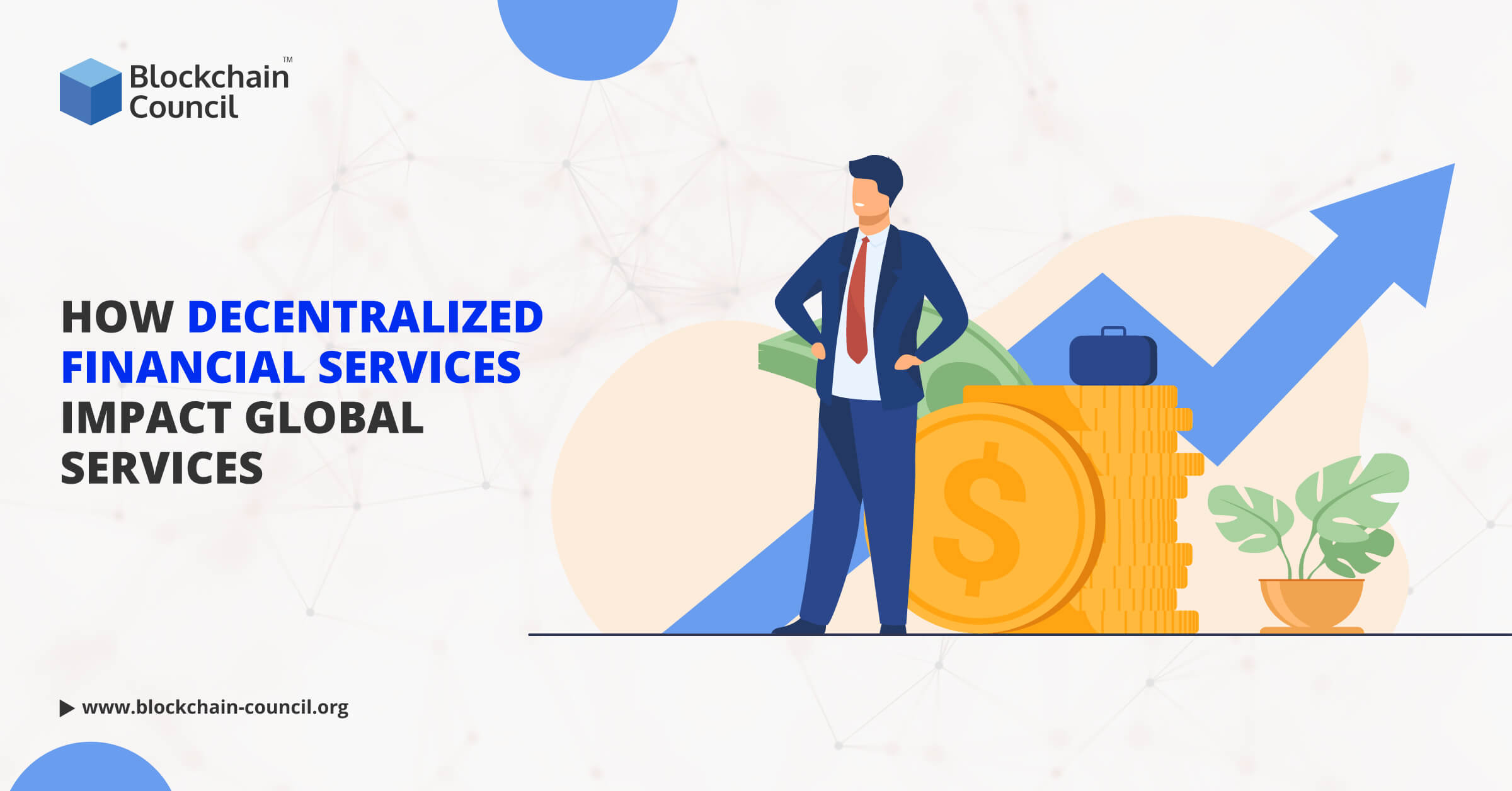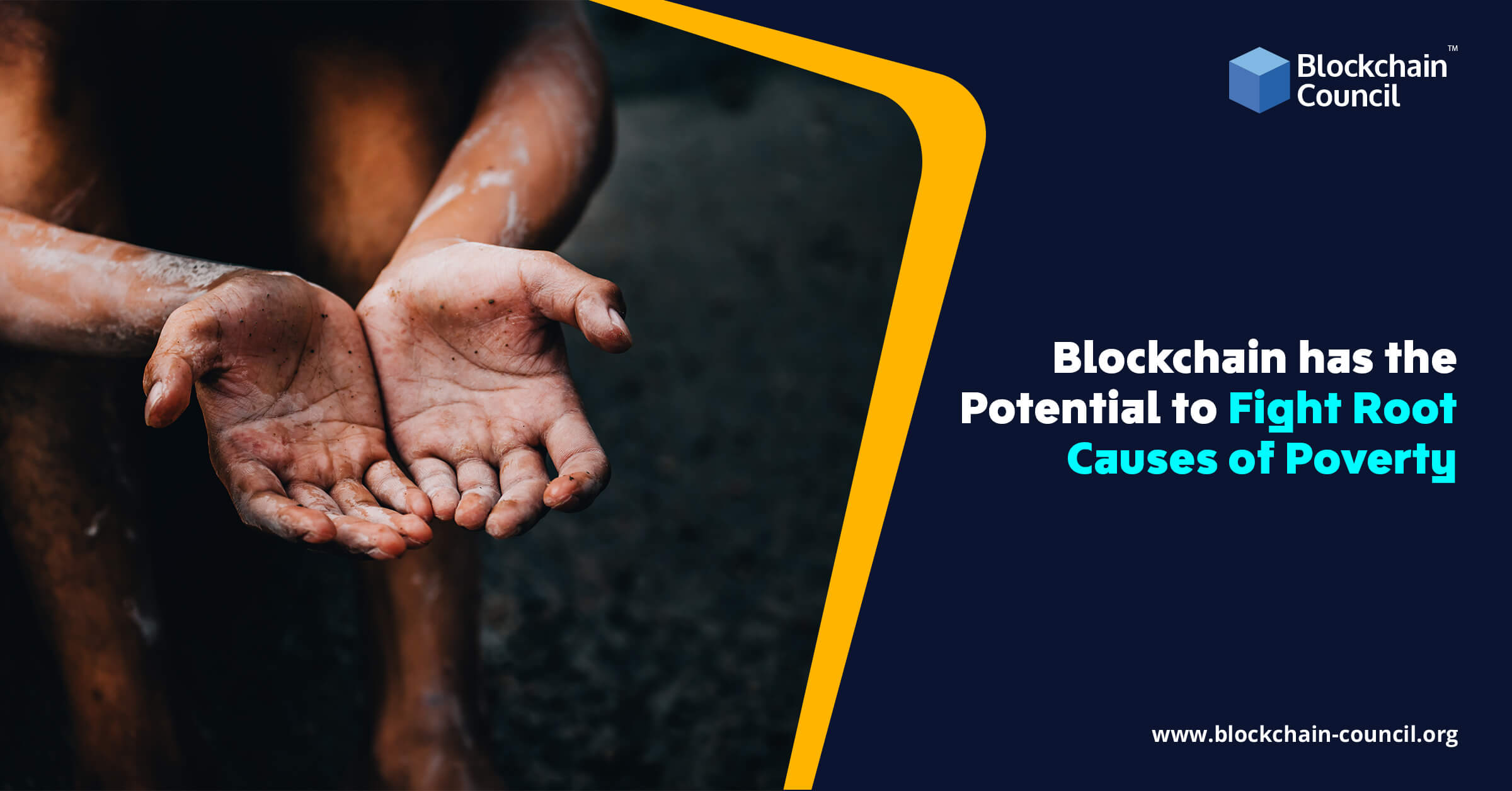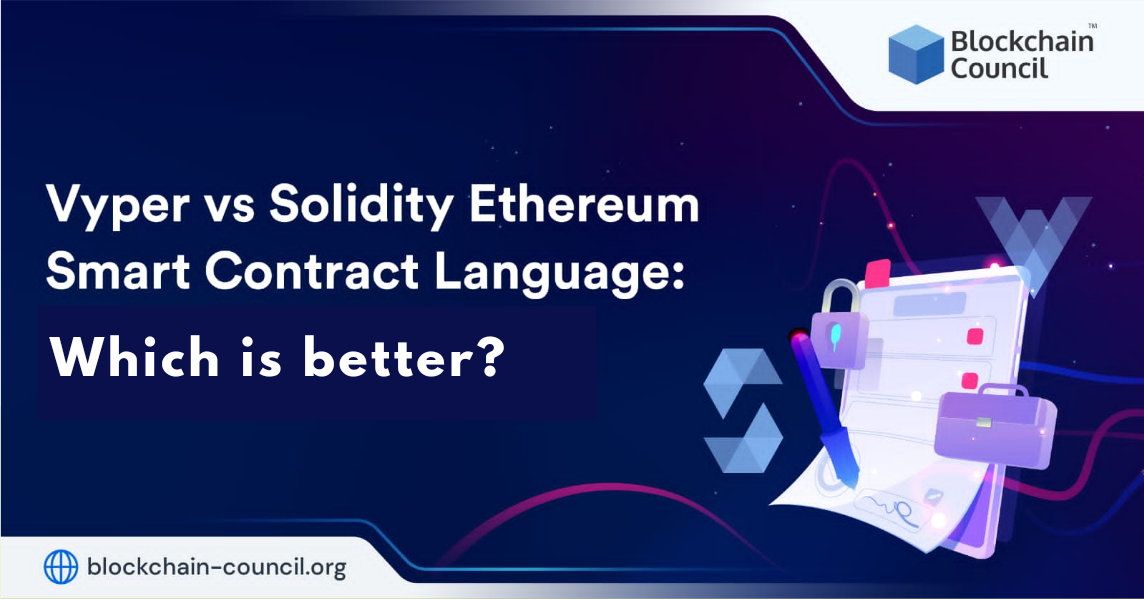
- Toshendra Kumar Sharma
- July 06, 2020
Want to have an in-depth understanding of decentralized finance? Curious to know it impacts global services? This article provides an overview of DeFi, explaining how the concept of centralization is inadequate and focuses on its impact on global services. So let’s get started.
Learning Of The Blog
- Understanding the Concept of DeFi
- Why Centralization Fails?
- The Potential Impact of DeFi
- Few Examples of DeFi Applications
- Concluding Lines
Understanding the Concept of DeFi
Today blockchain technologies seem a good fit for almost all sectors, be it finance, supply chain, healthcare, digital identity, and more. Various companies have focused on developing blockchain-based platforms where the major aim behind turning to the distributed ledger technology is to make financial services more accessible on a global scale.
Like Bitcoin and Ethereum, DeFi is built on a public blockchain that aims to create an open-source, permissionless, and transparent financial service ecosystem that provides access to everyone, regardless of their location and status without involving third-party intermediaries.
When it comes to DeFi, smart contracts are considered to be its foundation layer as they are self-executing and do not need a third-party for overseeing. Ethereum introduced the concept of DeFi, and that’s why the majority of the DeFi applications have been built on Ethereum blockchain.
Want to build your own ethereum-based application? Get enrolled in Blockchain Council and become a Certified Ethereum Expert now!
Why Centralization Fails?
Before understanding how decentralized financial systems positively impact global services, let’s briefly understand the drawbacks of centralized systems such as traditional banking systems.
Traditional finance system relies on banking institutions; thus, users are dependent on central authority and cannot maintain control over their funds. Moreover, centralized exchanges also possess high trading fees, unlike decentralized exchanges. They also require human intervention to operate.
In simple words, we can say that the reason why centralization fails is due to a lack of decentralization and transparency.
The Potential Impact of DeFi
Now, as we have understood the concept of decentralization and limitations of centralized systems, let’s learn what are the potential benefits of decentralized finance.
Make Remittance Services More Affordable
DeFi’s ability to safely and securely transfer digital assets between two parties without involving a third party to oversee the transaction represents a crucial step forward in the finance domain. Since it does not involve any third-party/central authority, thus it has a lower trading fee, which further allows a more frictionless financial system.
Offers Complete Transparency and Security
Since the decentralized applications are built on a public blockchain, thus its code is transparent and open for one and all. It allows users to maintain complete control over their funds at all times without compromising the security.
Offers Accessibility on a Global Level
Decentralized finance eradicates a variety of barriers, such as status, location, etc. Since DeFi is permissionless, which means that anyone in the world with an internet connection and a smartphone can connect to it easily and conveniently and could access financial services.
Few Examples of DeFi Applications
Augur
Introduced in 2014, and built on the Ethereum blockchain, it is defined as a peer-to-peer protocol for prediction markets, in which users receive payouts when they predict a winning outcome. It is a set of open-source smart contracts, coded in solidity language, and when executed, these smart contracts settle payments in ETH with participating users. Recently, Augur has announced that it would be launching the second version of its platform, ‘Augur v2’, on July 28, 2020.
Maker (MKR)
It is a governance token underpinning the first stablecoin on the cryptocurrency platform Ethereum, known as DAI. Stablecoins such as DAI is a type of cryptocurrency that’s backed by reserve assets. It aims at minimizing the price volatility of its own stablecoin Dai, against the U.S. Dollar. In contrast to DAI, the price of the Maker itself is volatile, which is a utility token, and the price increases with the usage of DAI. MKR enables users to participate in the operational earnings through “governance fees,” which act as interest rates for the network.
Dharma
Dharma is a semi-centralized Ethereum-based lending and borrowing platform that supports DAI, ETH, USDC for collateralization. This is a direct match-making type platform that allows users to lend and borrow coins for 90 days at a fixed interest rate. It is a system of smart contracts that enable any two internet-connected parties to engage in a P2P loan without having to trust any central authority.
Concluding Lines
From the above discussion, it is clear that Defi can reshape the entire world. DeFi is an attempt to decentralize core traditional financial use cases such as trading, payment, and insurance, lending, investment, wealth management on the blockchain. Today, nearly all DeFi projects are being built on Ethereum, making it the standard default blockchain for many dApps.But DeFi still has to overcome the existing issue such as technical risks and operational risks. Moreover, some of the issues on Ethereum itself could potentially create issues for DeFi.
If you want to have an in-depth understanding of Ethereum blockchain, you can enroll in Blockchain Council and become a Certified Ethereum Expert.
To get instant updates about Blockchain Technology and to learn more about online blockchain certifications, check out Blockchain Council.





































































 Guides
Guides News
News Blockchain
Blockchain Cryptocurrency
& Digital Assets
Cryptocurrency
& Digital Assets Web3
Web3 Metaverse & NFTs
Metaverse & NFTs
